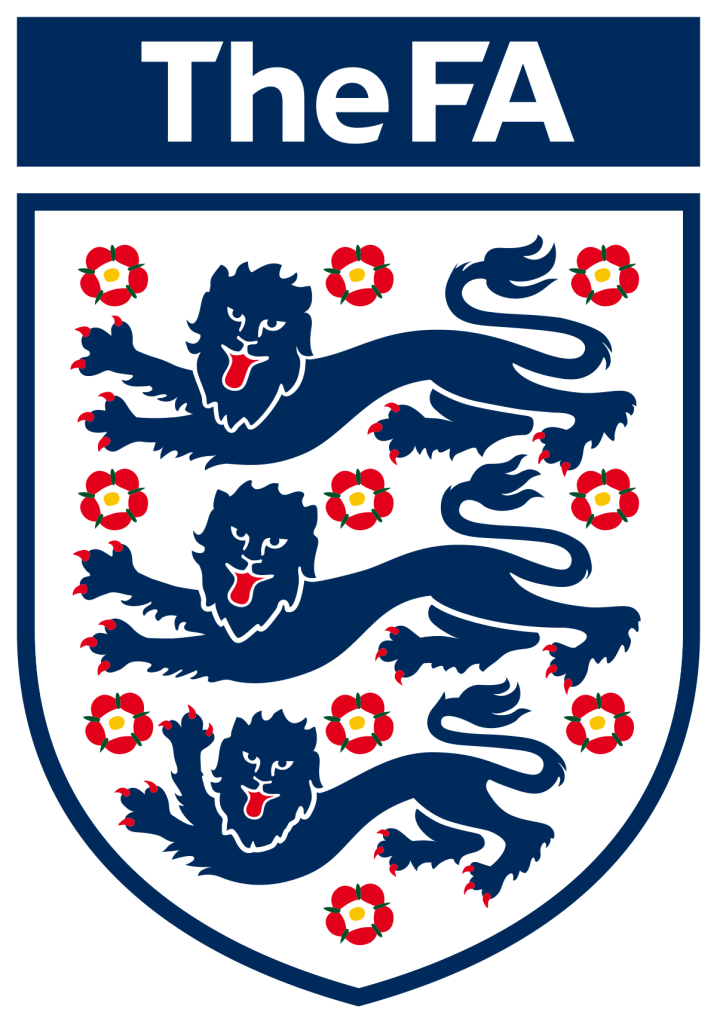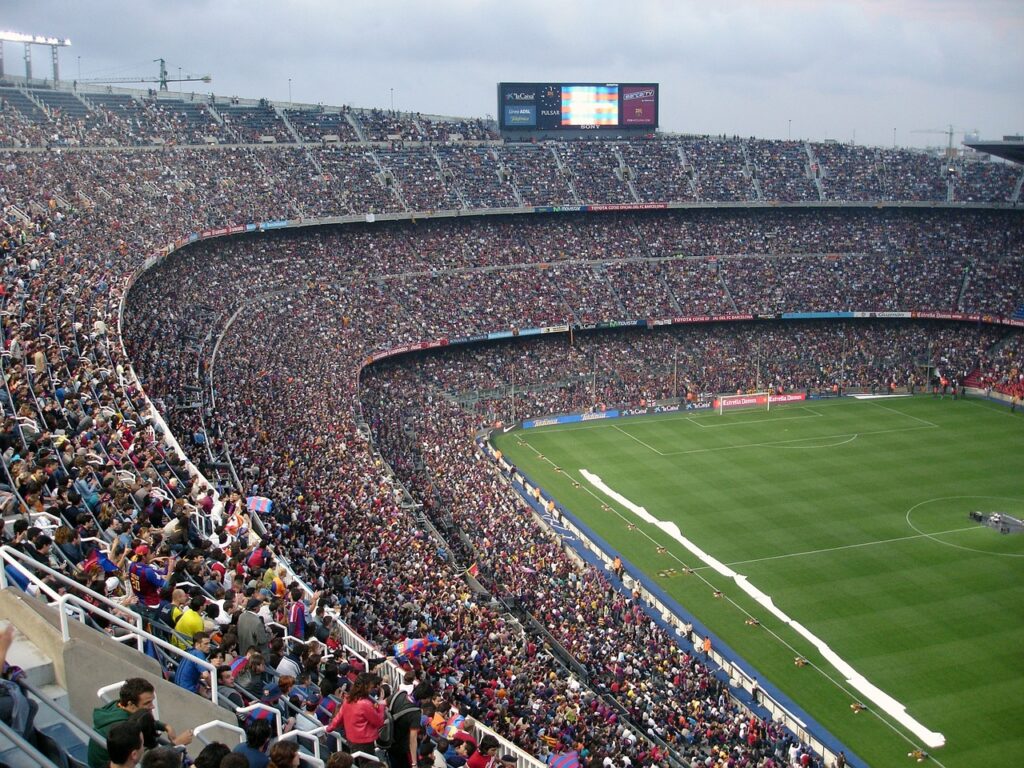How England’s Soccer League System Works
How England's Soccer League System Works

England’s soccer league system is one of the most iconic and influential in the world. It is known simply as the Football Association or FA. The FA is built on tradition, passion, and a deep belief in meritocracy. With more than 100 years of history behind it, the English football pyramid offers opportunities for clubs to rise through the ranks—or fall—based purely on performance.
For fans, players, and aspiring professionals, understanding how the English league system works is key to appreciating what makes football in this country so special. Here’s a guide to how it all fits together in the 2025–26 season.
The Structure of English Football
The English football pyramid is divided into a series of connected levels, starting at the top with the Premier League and moving down through several tiers of professional and semi-professional football.
At the very top sits the Premier League, home to 20 of the biggest and most financially powerful clubs in world football. Just below that is the Championship, which, despite being called the “second tier,” is still incredibly competitive and filled with clubs that have played at the highest level. League One and League Two follow, each with 24 teams. These three tiers—Championship, League One, and League Two—make up what’s known as the English Football League, or EFL.
Beneath League Two is the National League, which marks the beginning of what many call “non-league” football. However, the level of play in the National League is still quite high, and many clubs there operate on professional or semi-professional terms. Below that, the pyramid branches into the National League North and South, and continues downward through regional leagues.
Promotion and Relegation
One of the features that makes the English football system so compelling is its system of promotion and relegation. At the end of each season, clubs that finish at the top of their league can move up to a higher division, while those at the bottom risk dropping down.
Between the Premier League and the Championship, the top two teams in the Championship earn automatic promotion, while teams finishing third through sixth compete in a playoff for the final spot. Meanwhile, the bottom three Premier League clubs are relegated.
The same format applies as you move down the pyramid. From the Championship to League One, and League One to League Two, promotion is granted to the top two teams, with one more earning a spot through the playoffs. Relegation sees the bottom three teams drop down—except between League One and League Two, where four teams are relegated.
From League Two to the National League, things tighten slightly. Only two teams move up: the champion earns automatic promotion, while clubs finishing just below enter a playoff for the second spot. The two lowest-ranked League Two teams are relegated in return.
As of the 2025–26 season, this structure remains unchanged, but that may not be the case for long.
Possible Changes on the Horizon
In early 2025, all 72 clubs in the National League launched a campaign called “3UP,” which called for an expansion of promotion and relegation between League Two and the National League. Under this proposal, three teams would move up and three would drop down—rather than the current two-up, two-down system.
The campaign gained widespread support among fans and clubs alike. A survey by the Football Supporters’ Association showed that 93% of fans favor the change, and a majority believe it should take effect immediately. However, as of now, the EFL has declined to vote on the proposal. Discussions are ongoing, and further developments could emerge later this year.
Cup Competitions
While league play forms the backbone of the English football season, domestic cup competitions offer thrilling opportunities for drama and surprise. The most famous of these is the FA Cup, which dates back to 1871 and is open to clubs from the top tier all the way down to amateur village sides. Every year, “giant-killing” stories emerge, as smaller clubs knock out professional giants in dramatic fashion.
Then there’s the Carabao Cup, also known as the EFL Cup, which is open to clubs in the Premier League and the three EFL divisions. In the most recent final, held in spring 2025, Newcastle United lifted the trophy with a dramatic 2–1 victory over Liverpool—marking their first major silverware in decades.
There’s also the EFL Trophy, which is primarily for clubs in League One and League Two, with some invited under-21 teams from Premier League academies. In 2025, Peterborough United won the title for a second consecutive year.
Notably, a small change to the Carabao Cup format has been introduced this season: a new preliminary round has been added to help balance scheduling, especially for Premier League clubs involved in European competitions. However, this does not affect the overall league system.

Financial Oversight and Reform
With increasing pressure on lower-league clubs to stay financially afloat, the EFL has taken steps in 2025 to strengthen its Profit and Sustainability rules. Clubs must now submit earlier forecasts of their financial health, and those who breach spending limits could face consequences such as transfer restrictions or being forced to sell players.
In League One and League Two, new regulations also limit how much money club owners can inject to cover losses. These changes are designed to promote long-term stability and reduce the risk of financial collapse, which has plagued a few clubs in recent years.
In a broader context, the UK government is moving forward with plans to introduce an independent football regulator—an external body that would help oversee club ownership, financial compliance, and fair play across the leagues.
Broadcasting, Fixtures and the Season Ahead
9 AM. The first weekend of matches is scheduled for August 10–11.
Television coverage continues to expand, with more EFL games than ever set to be broadcast this season. Up to five matches per week will be televised under new rights agreements, though the traditional Saturday 3 PM blackout—designed to protect matchday attendance—remains in effect for now.
There has been ongoing debate about the future of that blackout, and whether it still makes sense in an era of streaming and global fans. Any changes, however, are likely to be gradual and closely contested.
Final Thoughts
England’s soccer league system remains one of the most exciting and well-structured in the world. From the glamour of the Premier League to the grit of League Two and beyond, the pathway for clubs and players remains open, with every match holding real consequences.
While no major structural changes have taken effect in 2025, important conversations are underway—about promotion reform, financial regulation, and the future shape of the game.
Many players are still seduced by the dream of working their way up the English ladder and playing in the Premier League. This route is almost impossible to attain. The far easier route would be to explore opportunities with clubs in smaller countries. These avenues still lead to the same level of football and exposure across the world stage.
At GoSoccerPro, we are writing a series of posts outlining the structure of soccer leagues around Europe. As we build each page, we will add their page. To learn about the European soccer leagues, click here. To learn about countries, click on their links. We will be adding more as we build these pages.


